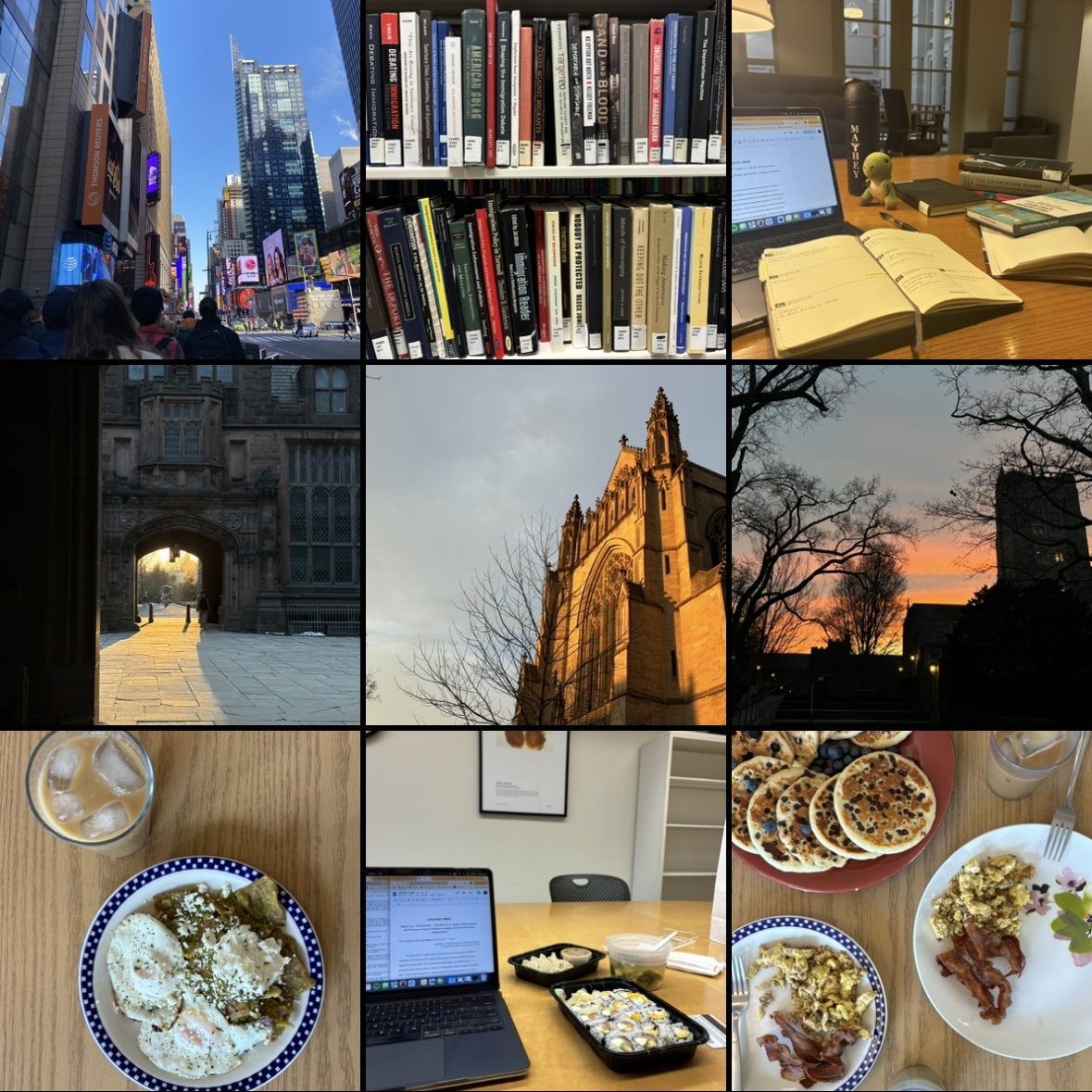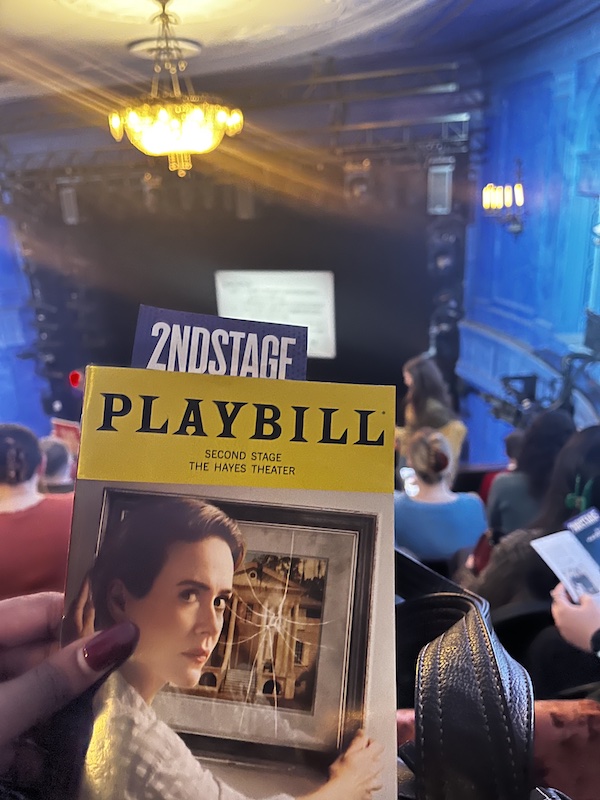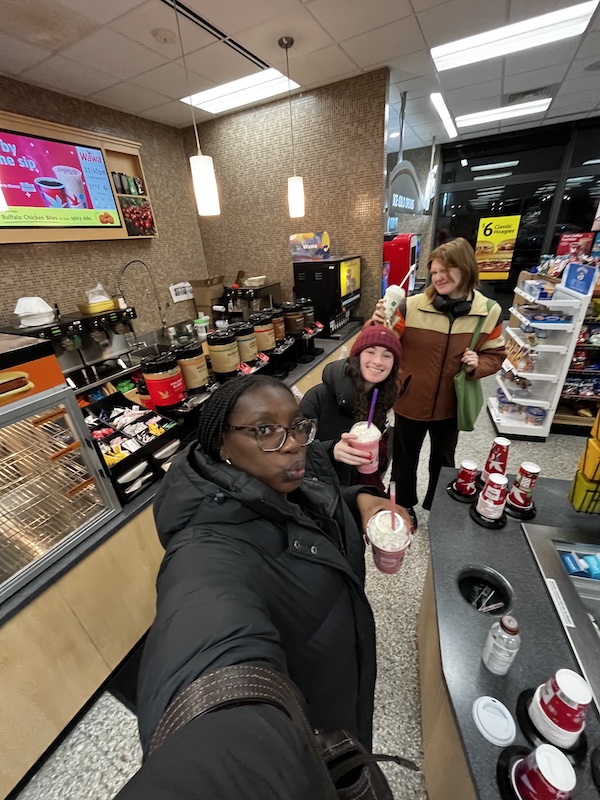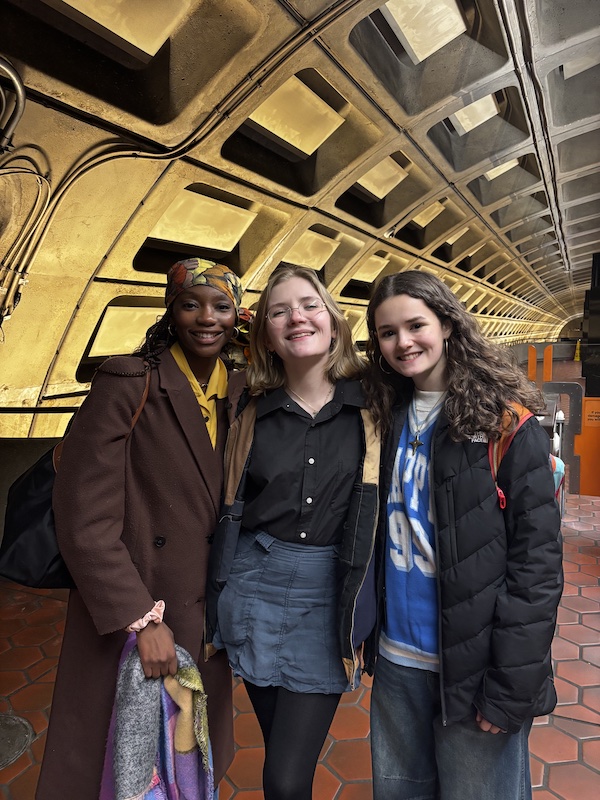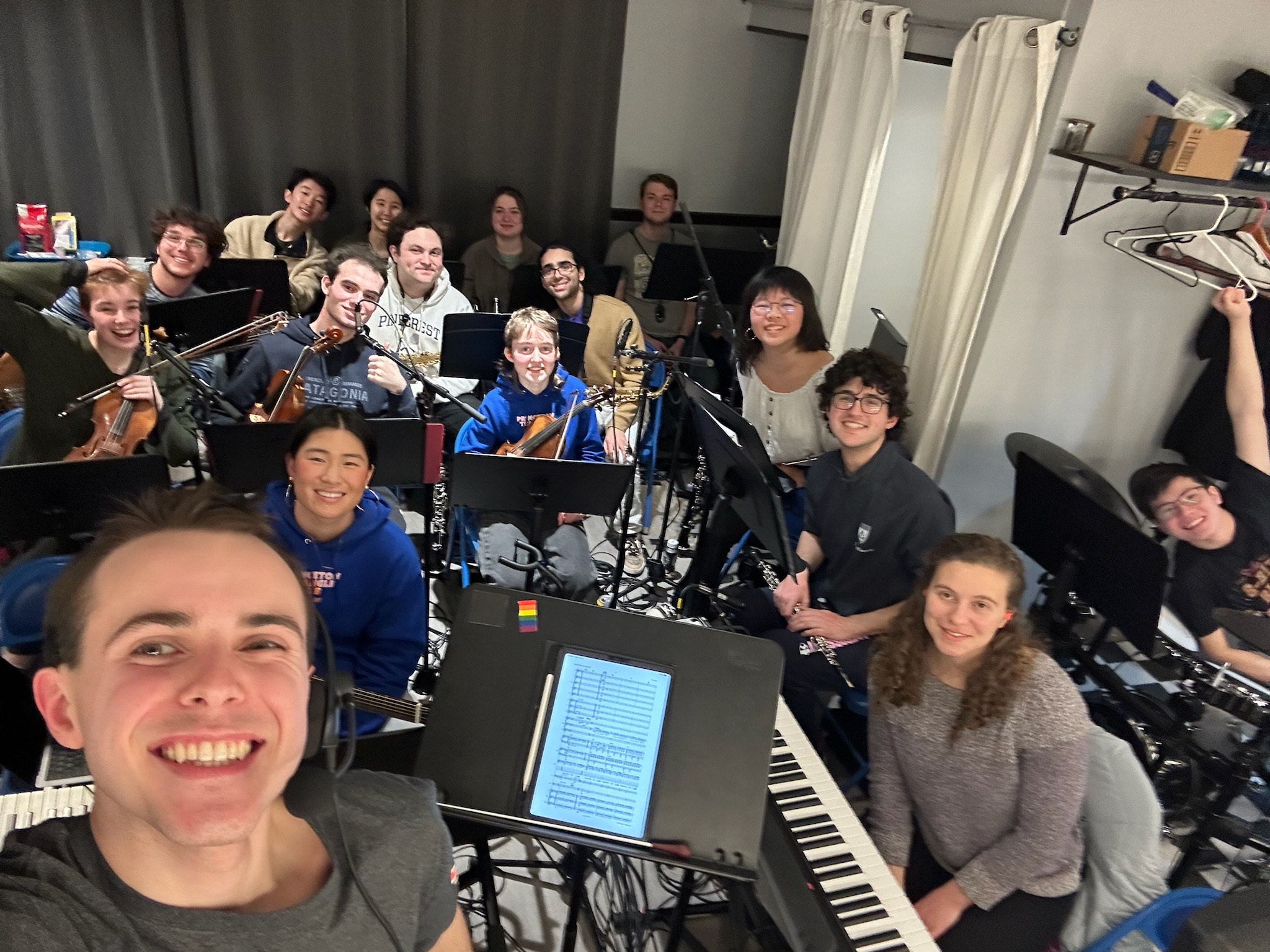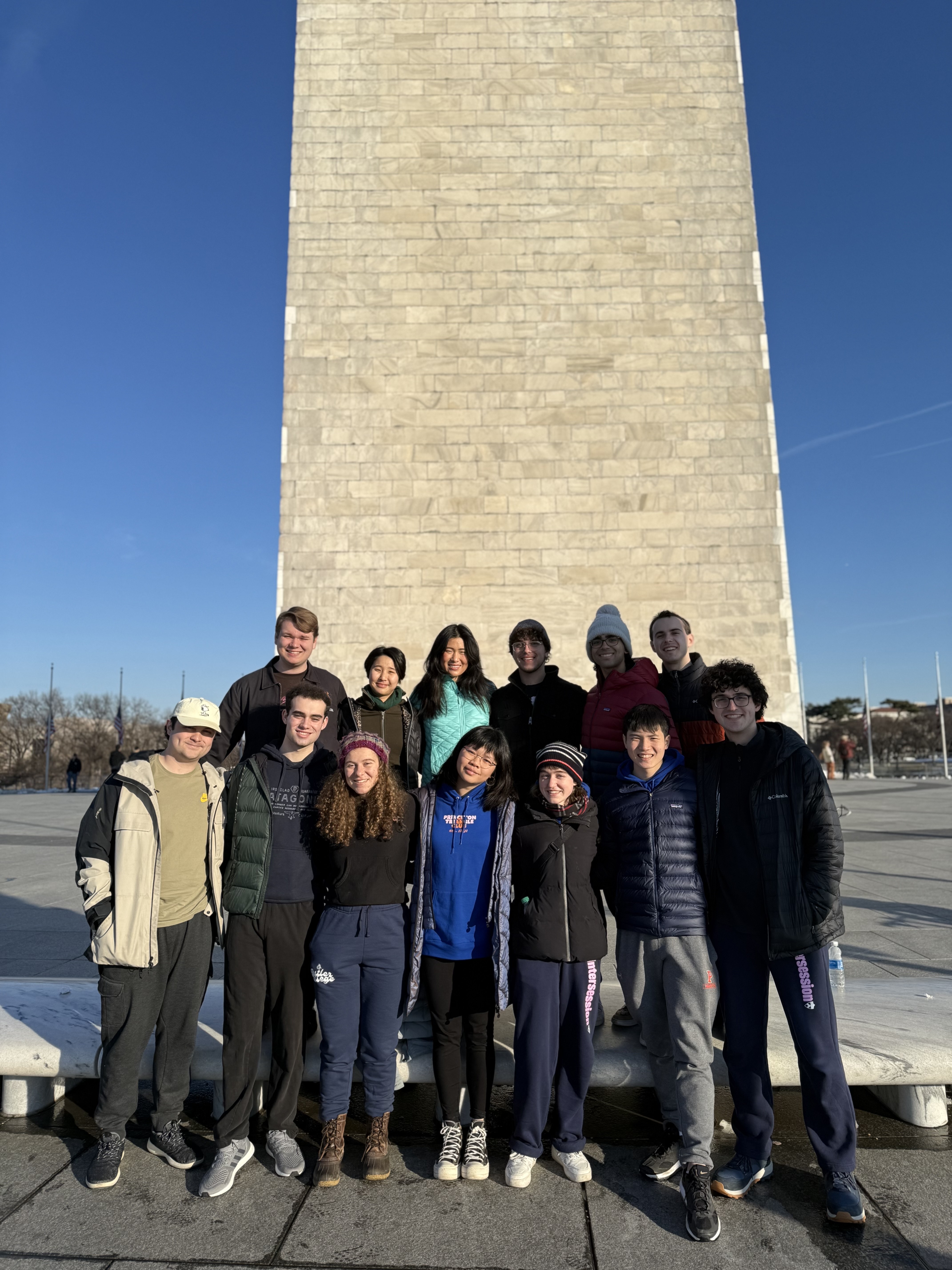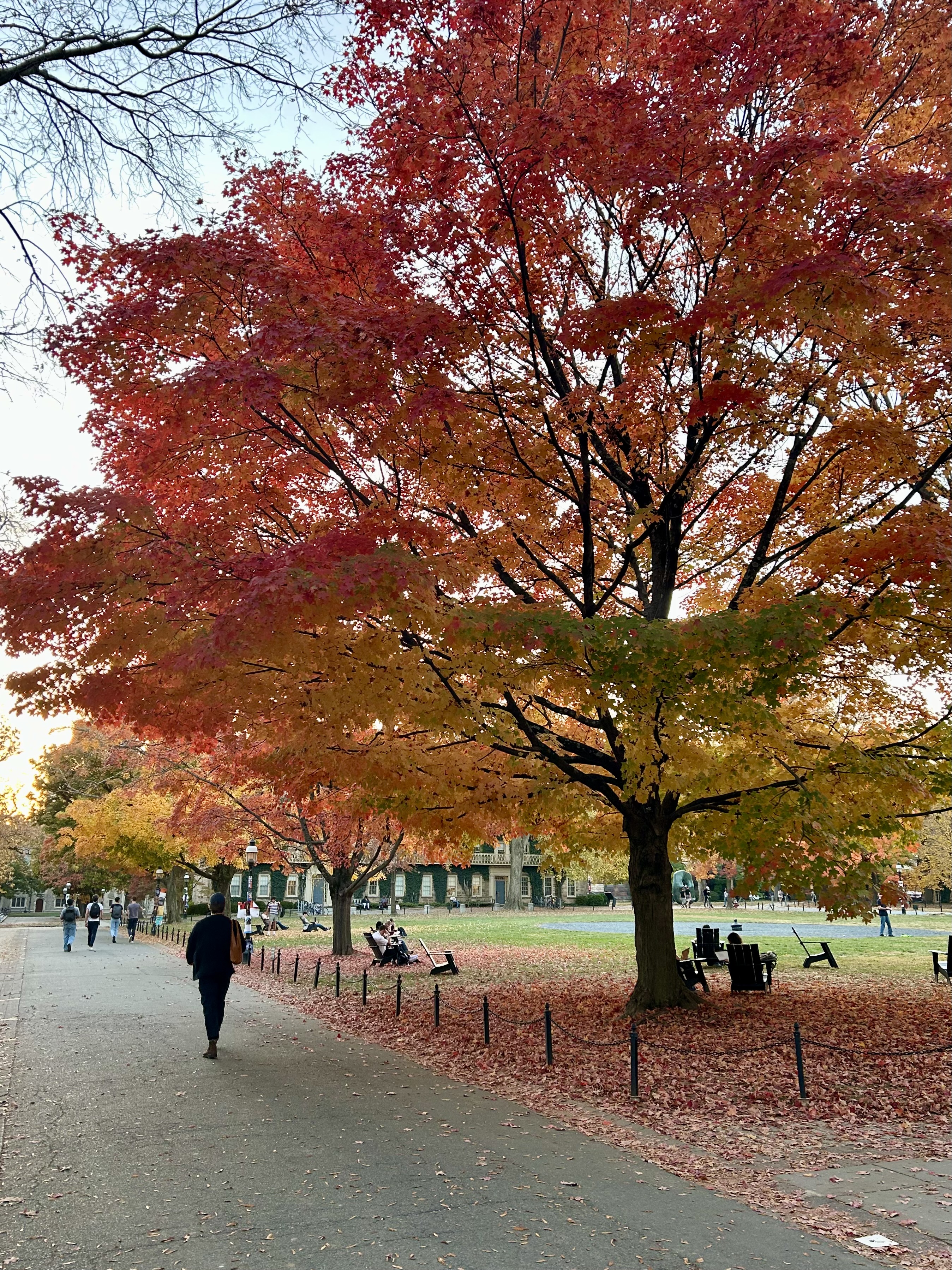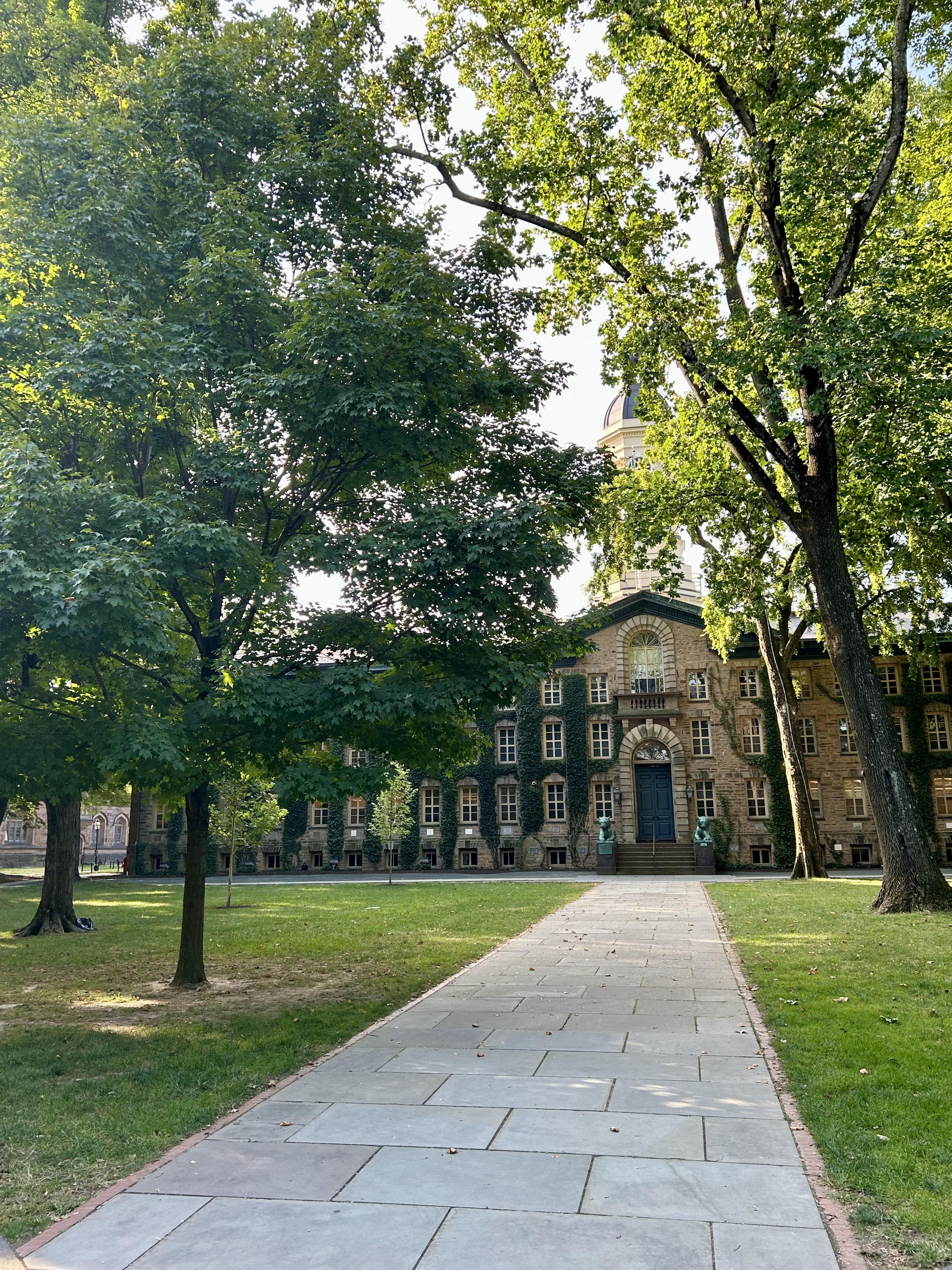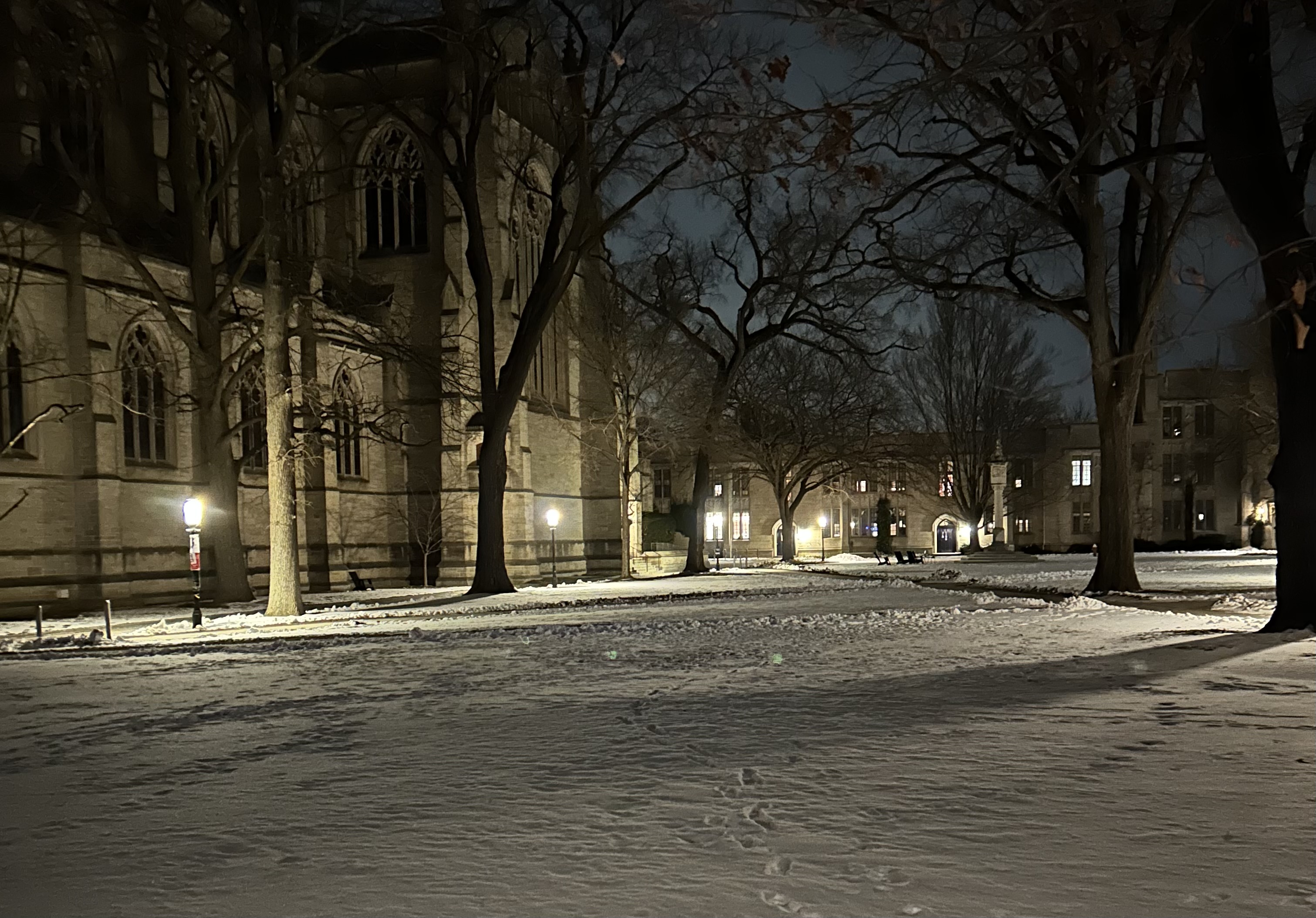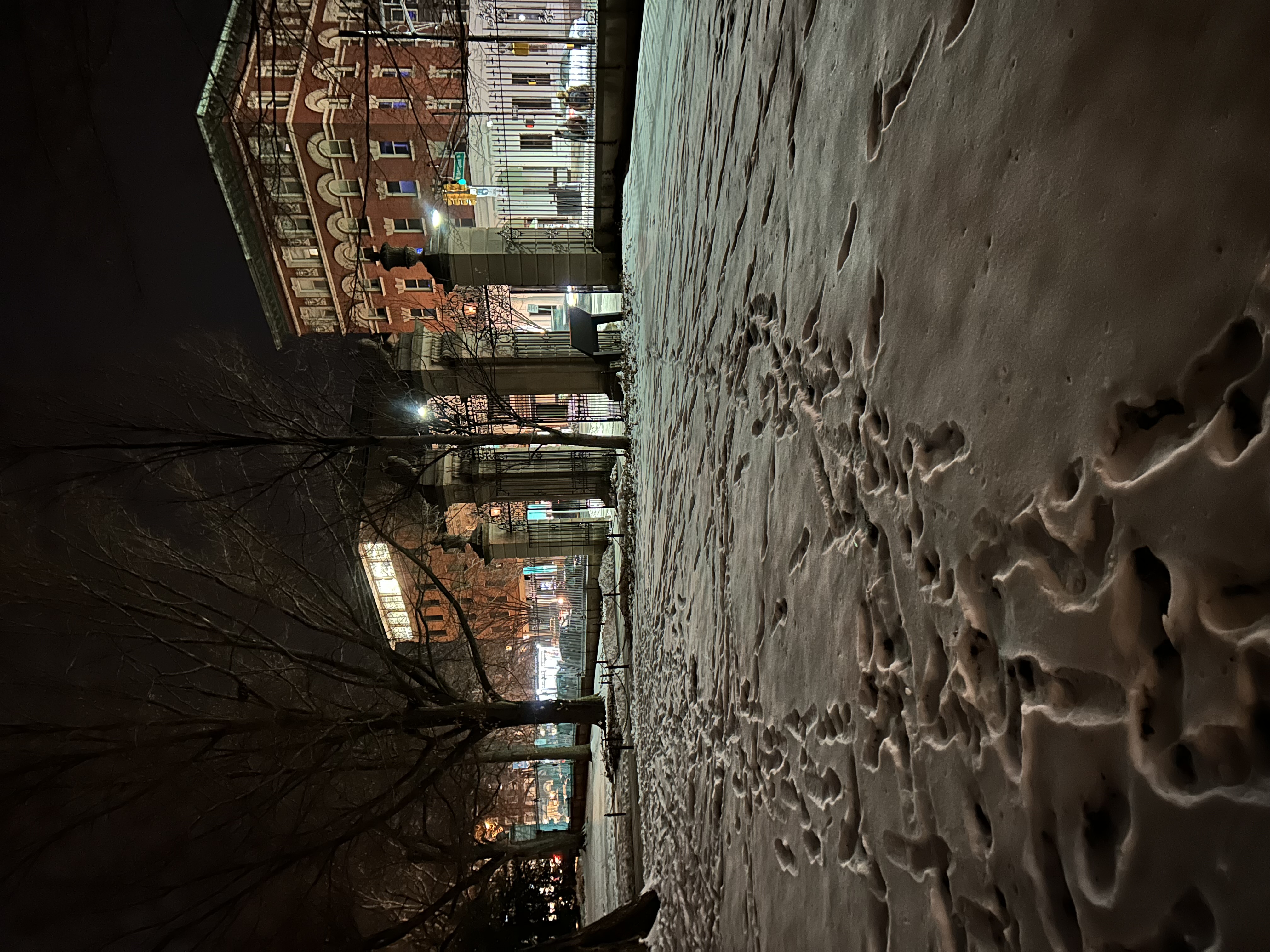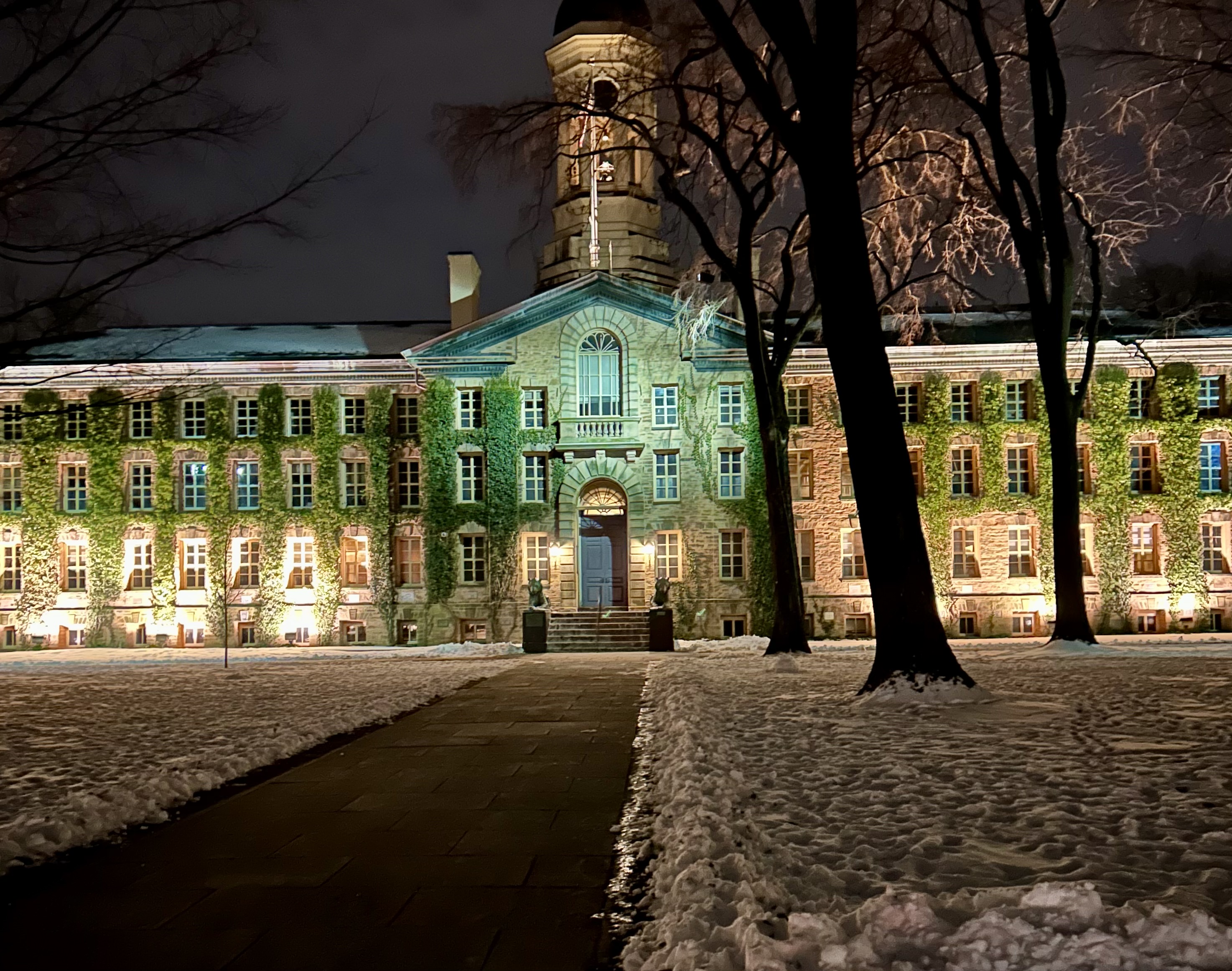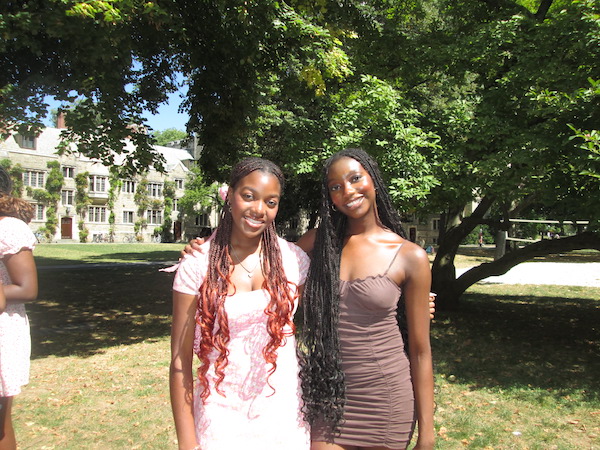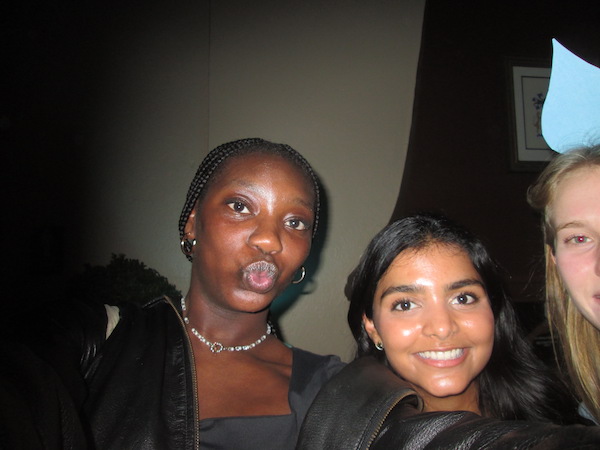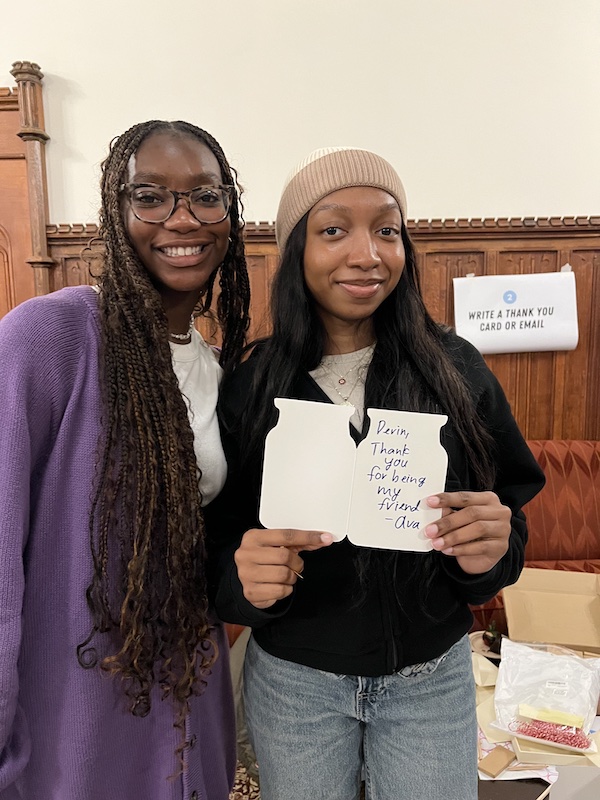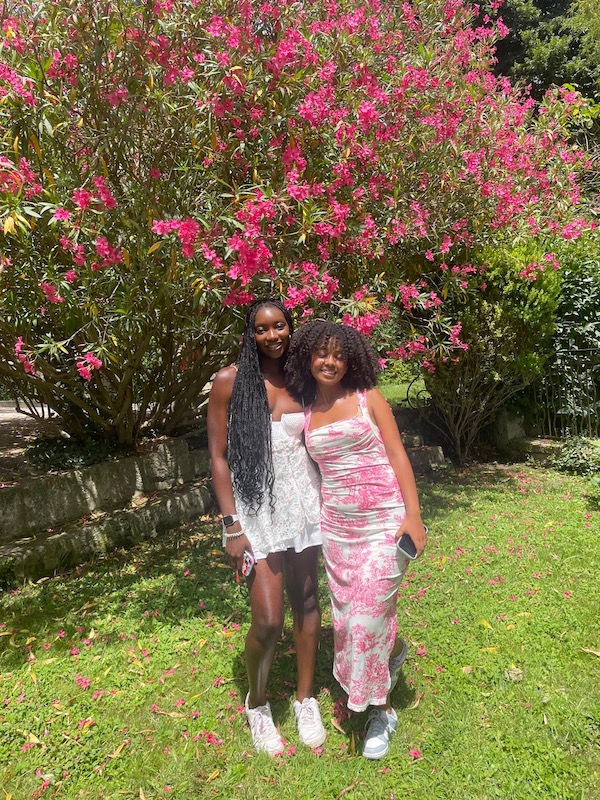It is the eve of my last ever midterms week at Princeton, and I’m bringing you along on a quick recap of the last three days. You might be wondering what a typical weekend looks like at Princeton. Although there are certainly some consistencies like studying and making time to see friends, every one of them is different. This weekend, I had an exciting mix of time off campus and time spent getting a lot of work done.
Friday, February 28
For six of my eight semesters at Princeton, I was one of the lucky students that had no class on Fridays. This semester, however, I am enrolled in a class that meets Wednesdays and Fridays—nevertheless, I consider myself just as lucky. The class is one of the many classes offered by the Program for Community-Engaged Scholarship, or ProCES. Courses under this program combine “academic teaching and research with community knowledge and practice.” This means students get to engage with community partners through more directly involved projects. In our class, the largest component is our collaborative work on ongoing asylum cases handled by a New York-based organization.
On Friday, I woke up early to catch an 8:20 train to New York City with my class. It was our first time meeting with our clients in person. Although I was extremely nervous on the way there, it was great to meet our client and my group left feeling that the meeting had gone well. I spent the train ride there and back reading Anna Karenina for my Russian literature class, and when I got back, I did some light work on my friend’s dorm room floor before heading off to dinner at my co-op. I ended the night watching a movie over the phone with a loved one back home.
Saturday, March 1
With thesis deadlines coming up, my friends and I have been working hard to make progress on our research. Although I had planned on getting to Firestone, our main library, right when it opened, I was still exhausted from the day before and decided to have a slower morning. I started the day calling my parents while I made myself chilaquiles, fried eggs, and an iced coffee at the co-op—they tasted like home! I finished Anna Karenina, then I spent the rest of the day working on my current thesis chapter. In the afternoon, I took a break to get coffee and catch up with some friends I hadn’t seen in a while. After another session of work, my friend and I relocated to a new study location, walked to pick up some takeout for dinner, and brought it back to our study room. I spent the rest of the night working until I finished my chapter draft, then finished the night unwinding in my room and watching Pride and Prejudice. (By the way, it was the 2005 version, which I still do not believe is better than the 1995 BBC series adaptation.)
Sunday, March 2
Every Sunday, I get breakfast with one of my friends and we keep each other company while we study. This weekend, I invited her to my co-op to make pancakes. While cooking, our friend—who is also in my co-op and whom we both met in the same class our freshman spring—walked in and joined us. After eating and tidying up, we headed off to find where our other friends were already studying.
As I mentioned, this was the weekend before midterms week. Because it is my senior year, I am only taking three classes this semester. One of my classes has a midterm the week after spring break, another has an assignment due next Sunday, and the third—a class in the Department of Religion—has a midterm paper due this Friday. As you can tell, I’m using my senior spring to explore very different classes. Therefore, all of today was dedicated to completing this paper, which is expected to be around 3,000 words. By 4:30 in the afternoon I had made significant progress, and I showed up to my co-op for my weekly Sunday cook shift. On the menu for today: spaghetti and meatballs with marinara sauce and broccoli on the side (and a non-meat option for our members that do not eat red meat). After dinner, I made some tea, wrapped up my midterm paper, and sat down to complete this blog.
I love that my weekends at Princeton always have a good mix of familiarity and spontaneity. One of the biggest lessons I have learned during my time here has been how to balance work with my personal life and my friendships, and I think this weekend was a testament to that.
